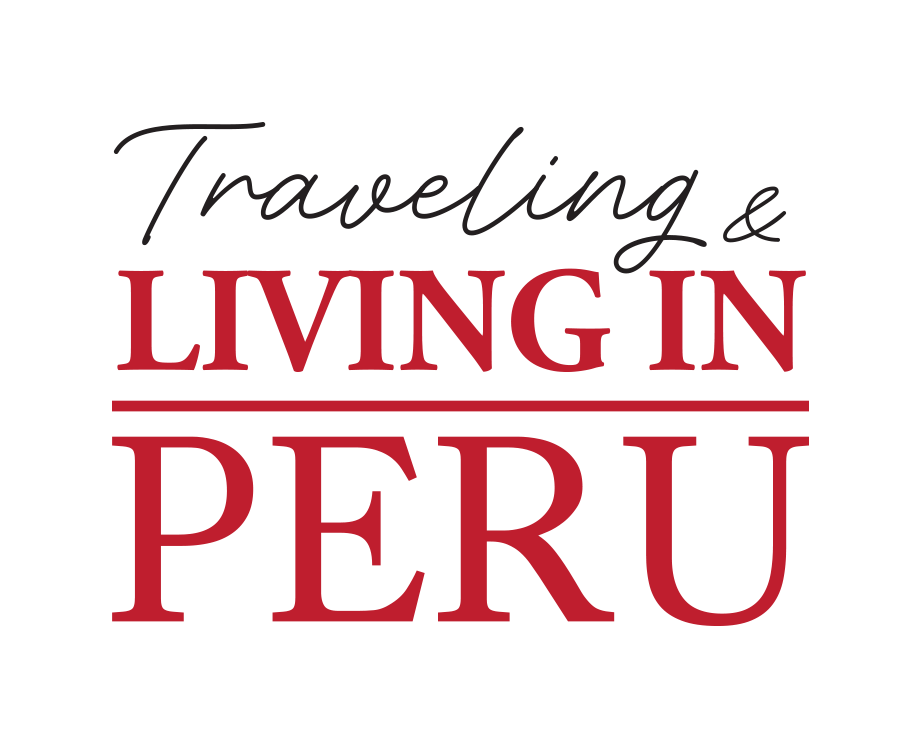What is Choquequirao? Find out how to get to the ancient citadel in Cusco that rivals Machu Picchu in architecture and grandeur.
Located northwest of Cusco in the Vilcabamba Valley, Choquequirao (in Quechua chuqi means metal, and k’iraw means cradle) is a collection of terraces and building sitting atop and below a hill named Sunch’u Pata. Only 30-40% of the 1,800 hectares complex has been excavated. Indeed, the ancient site is an extraordinary feat that will amaze any and all visitors. Learn more about the site before making the trek yourself.
How to get to Choquequirao
Tours to Choquequirao start in Cusco city. Travelers will find different options, the below is a 4 day/3 night itinerary.
Following the road to Abancay (some tours will make a pitstop at the archaeological site of Saywite/Sayhuite along the way), you will make it to the picturesque village of Cachora and shortly thereafter arrive at the Capuliyoq/Kapuliyoq pass: the starting point for the hike to Choquequirao.
A few hours of hiking will take you the campsite playa Rosalinas (1600 meters above sea level) where trekkers will have lunch before continuing in ascent to Santa Rosa, the overnight campsite.
Hiking on day 2 begins early, with a steep ascent to the small village of Maranpata, sitting at an elevation of 3,000 meters. Trekkers will have lunch there before the last few hours of hiking to reach Choquequirao, just 100 meters below Maranpata. A quick visit to the impressive ruins will take place before walking to the overnight campsite close by.
Day 3 is dedicated to exploring Choquequirao. In the afternoon, trekkers will begin the hike back to playa Rosalinas to spend the night. On day 4, the hike continues to Capuliyoq, where trekkers will be transfered by car to Cachora and finally back to Cusco city.
If you have questions about traveling to Peru and booking tours in advance, you can contact the Traveling & Living in Peru team at yourfriends@livinginperu.com.
Who built Choquequirao?
It’s believed that Choquequirao was built around the same time as Machu Picchu and built in two stages. Under this hypothesis, specialists believe the citadel was built by Pachacutec (or Pachacuti) Inca Yupanqui in the 15th century, and expanded by his son Tupac Inca Yupanqui. Choquequirao, and all of Vilcabamba valley, was used by the Inca ruler Manco Inca as a hideout and place of resistance against the Spanish conquistadors.
The first known Spaniard to arrive to the citadel was Juan Arias Díaz in 1710, while the first written account was by the Spanish scientist Cosme Bueno in 1768. Much later in 1909, Hiram Bingham would arrive and explore Choquequirao.
What to see: the archaeological ruins

Photo: Danielle Pereira/Flickr 
Photo: Corentin Kopp/Flickr
Choquequirao is divided into nine sectors, of which the most striking are the political and religious complex -made up of buildings or two-story palaces. You will also find a system of water sources and canals linked to an aqueduct, and a set of stone altars, evidently designed for rituals. These constructions were built around a main esplanade, fringed by well-preserved agricultural terracing. Some terraces are decorated with white rocks shaped like llamas.
The ruins are dotted along the slopes of Choquequirao, and are clumped together like small districts slightly separated from each other. This was possibly designed to designate functions and social ranking. The complex was built with limestone and granite.
The urban quarter occupies the longitudinal section of the descending part of the hillside, while the mountain slopes have been carved into terracing. Some of the terraces are still fed year-round by irrigation canals, while others are believed to be temporary. To date, workers have uncovered 300 terraces in the western sector.
The urban and religious sector stands on the main square, and in the upper reaches lie a series of buildings. The archaeological complex is located in a cloud forest region where the particular climactic conditions of alternating hot and cold temperatures have given rise to a wealth of plant life.
Cover photo: Mark Rowland/Flickr
This article was updated from its original publication on December 12, 2007.




